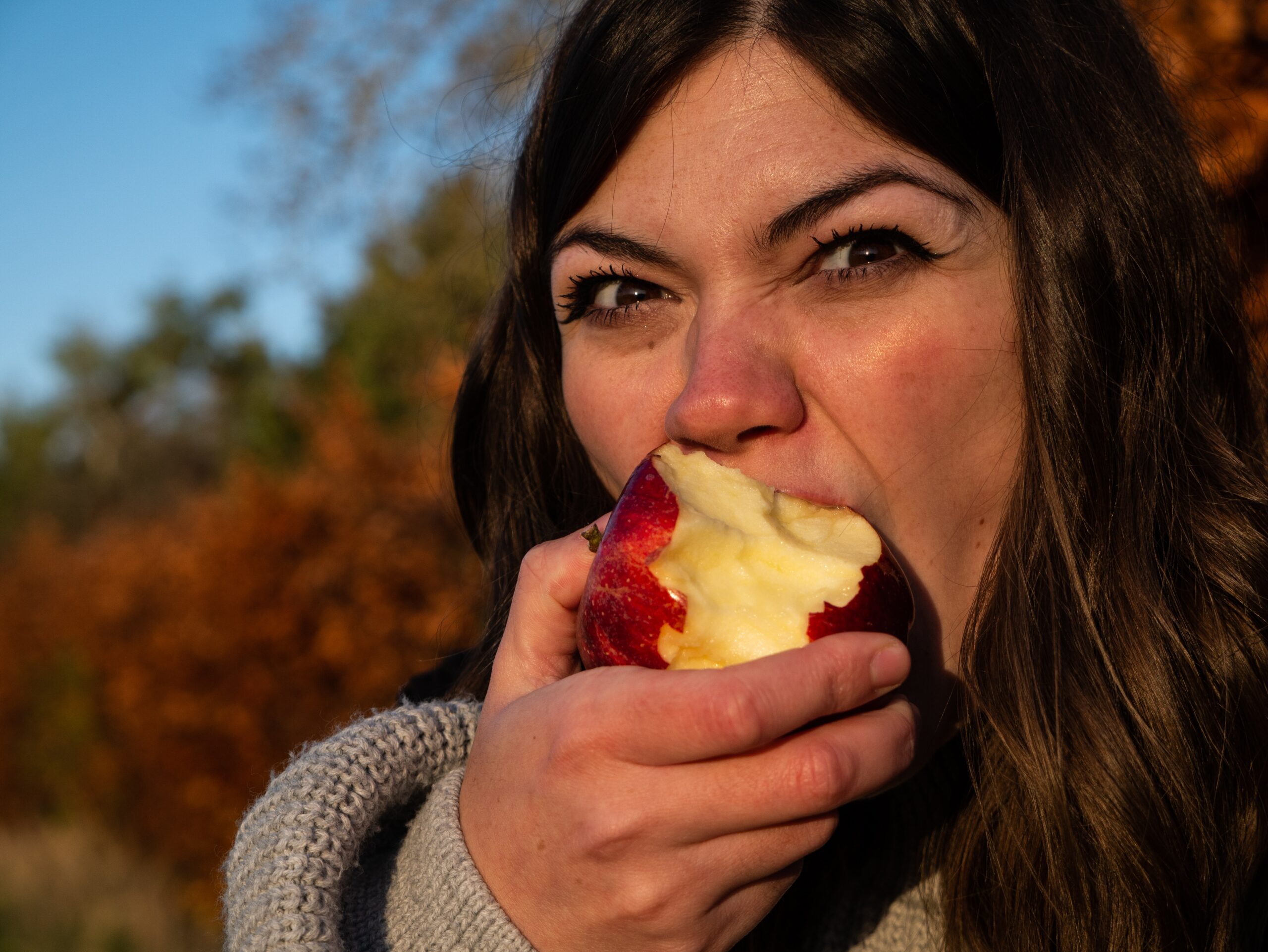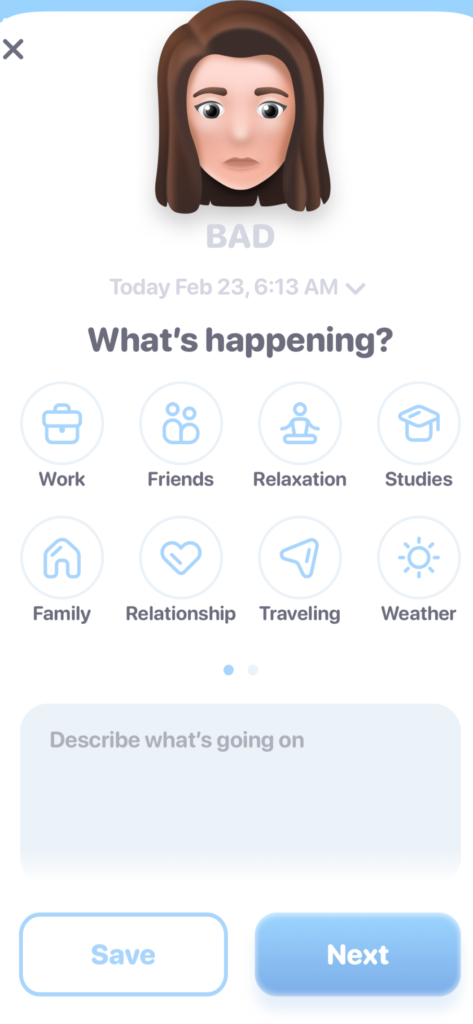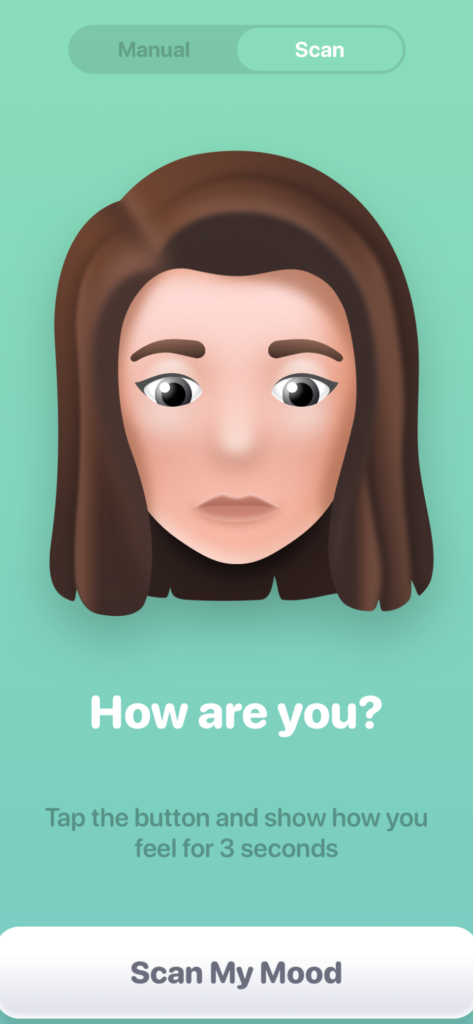It’s not what you are eating, it’s what’s eating you! UPDATED WITH MORE JOURNAL OPTIONS.
I don’t have a Ph.D. in psychology, but I do have a Ph.D. in stress eating. And I know enough to know, a demanding and crazy job is certainly a contributing factor to ignite that reach for comfort food. So hear me out.
What’s the skinny?
- This article will give you tips on how to stop stress eating from a stress eater.
- You will have a better sense of what the problem is – real hunger or stress – after reading this article.
- The solution isn’t to change your feelings, but to take tiny actions and prompts that change your behavior. Then your feelings will follow.
What’s eating you?
The best thing you can do to stop stress eating is to figure out what is stressing you out. No, really figure it out. Don’t try to exercise it out, sleep it off, ignore it, or gloss over it. Get to the bottom of it and sit in it.
Most of the articles I read about stress eating go like, oh, you just need a long walk or a bath. Good tips, but that puts the cart before the horse.
First you need to identify what is driving you to the food. Is it hunger, or stress? How do you tell the difference?
Being able to tell the difference between emotional and physical hunger is the first step to freeing yourself of stress eating.
The apple test
Here’s a good marker to tell if you are hungry, or it is just “emotional” hunger. Ask yourself if you are hungry enough to eat an apple. An apple is filling and can stop hunger pretty quickly, but it isn’t usually something you think will comfort you while you are stressed. So if you could eat an apple, you are probably hungry. So eat an apple.
There are other markers you can use to benchmark physical versus emotional hunger. Do you feel like you can wait another hour to eat? Did the hunger come on gradually, or suddenly? If it came on all of a sudden and you want cheese fries, not an apple, it is likely emotional hunger. Here is a basic chart that can also help you differentiate:
| Stress Eating | Actual Hunger |
| No hunger cues | Builds gradually |
| Specific cravings | Accompanied by low energy |
| Food won’t satisfy | Food relieves |
| Happens even after eating full meal | Relieved by eating |
| Pantry/fridge surfing | Decisive food decisions |
If you fail the apple test
If you fail the apple test, the hunger is probably stress or emotional related. That’s the first win. You know the cause.
If you are not hungry enough to eat an apple, you are probably not really hungry. It’s likely to be “emotional hunger.”
Getting to the root of the problem
It’s usually two different sources of stressors that cause the craving for emotional eating. One is proximate – a crazy deadline, a micromanaging supervisor, a coworker who just tried to one-up you at the last meeting.
Other causes are more deeply rooted – some kind of trauma or experience from the wreckage of your past is constantly propelling you toward food – because food is literally your therapist.

What you can do right now
There isn’t a universal panacea to this problem. But you can do several things right now to help deal with your emotional eating patterns and stop using food to cope:
- Keep a journal. Not kidding. Every time you get a craving for a certain food, note it down, and record your results from the apple test. Would I eat an apple right now?
- If not, write down a resentment or a fear you may have experienced the same day, even if not at that very moment.
- Are you pissed at someone? If this is directed at a certain person, write about what they did to make you feel so agitated and uncomfortable.
- If it is a fear, write down what the worst case scenario is. Then write, “so what”. For example, you turned in a report and it had an error. Worst case scenario: you get fired. So what? This probably won’t happen, so writing it down brings to life the ridiculousness of the fear.
- Another helpful thing to write is some soothing affirmations. Tell yourself:
- That nothing is actually happening right now.
- That everything will be alright.
- That whatever this is, this and your cravings will pass.
The act of writing and keeping your brain and hands engaged can give you enough of a pause to let those feelings pass.
More journaling options
At a reader’s request, I am adding some journal options. My go-to journal is the Five Minute Journal, which is a great name for a journal for people like us! It’s a super simple layout of your gratitude list, as well as what went well during the day and what could have gone better. You can jot down your thoughts there, and the back of the journal has notes for more writing.
My friend Melissa who’s a mom of two pointed out that she has privacy concerns when it comes to journals lying around – I get it! Try the Moodnotes app. This is also good if you are say in line at the grocery store and someone sniffs at you for not being a full six feet back (for instance). It’s super easy with an avatar emoji to record how you feel in a certain moment. You can manually record your mood (it ranges from “awesome” to “terrible” or just scan your face and the app will tell you how you feel. Genius! It can also be used to record memories like many other online journaling apps do. For a fuller list of options, see this article.
You should also put your journal somewhere where you will always see it, like your nightstand or kitchen table. If that’s your phone, you will usually have it in plain sight. You need something to lock your eyes upon other than food.
Also – you don’t have to choose, you can have a mix of both.

Other tools to help combat stress eating
Here is a basic chart from the London Center for Intuitive eating that has a good comparison to stress eating versus actual hunger:
Changing something like stress eating is really a matter of changing behaviors. That means stopping certain habits and starting new ones. Here are some examples of what to stop doing:
- Don’t keep “trigger” foods in the house. Trigger foods are foods that you gravitate towards when you stress eat. Like for me, that’s marshmallows. If your partner eats any of these foods, ask that they not be kept in the house or away from the kitchen.
- Try to stay away from social media as it may lead to Instagram foodie pages.
You can change your stress eating habits in the long term by addressing your source of stress, and in the short term by changing your habits.
And what habits to start developing:
- Have a “prompt” to distract your brain and your senses once you do the journal exercise. For example, if it’s at night, brush and floss your teeth. Nighttime eating is a whole other thing, and I will address it in an upcoming article.
- Engage your brain and your hands more after writing with a puzzle, like Sudoku, or a game, like chess or backgammon (or minesweeper, or candy crush, or whatever).
- Use a fidget toy to keep your hands busy. Just anything you can shape or play with is like a mini-meditation. Try this one from Monkeynoodle.
- Apply a fragranced hand cream to your hands. The smell will distract your senses and also most of the food you tend to want to eat is consumed by hand. Chips don’t taste that great with lavender scent.
- To regain a sense of control, don’t say “I can’t have this.” Just say, “I can have this, but I will wait.” Then pick up your phone and calendar a time for your desired food. This will also help you decipher whether the food you want to have is a “20” food (i.e., an occasional joy eat), or a food you want for an irrational reason. Nine times out of ten, by the time that reminder comes up, you will have forgotten about it or won’t even want said food anymore.
Read more about my 80/20 approach to a sustainable diet in this article.
Outside help
Whatever you do, the emotional eating saboteur is like a hostage taker. The more you can stall them, the better.
Outside help, like therapy or a support group, like Overeaters Anonymous, are also good options to consider if self-help isn’t getting you over the hump.
More resources:








